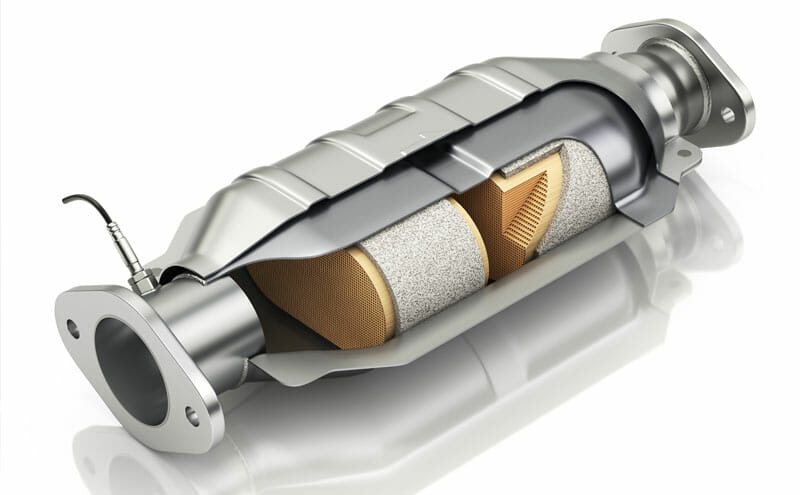Because 2007 all Dodge Cummins 6.7, Ford Powerstroke 6.4, and Chevy Duramax 6.6 trucks result from the manufacturer designed with a particulate filter to meet harder emissions standards. A diesel particulate filtration (DPF) is a unit that traps the soot and unburnt energy from diesel combustion. You may have recognized if you have one the 07+ diesel pickups so it never puts out any dark smoking at all. The DPF may capture 90% or greater of all dangerous diesel emissions. After the DPF is becoming “whole” of soot, it will have to have a regeneration period to be able to burn most of the soot out. You might have noticed a light on your own dash from time to time that signals you that the DPF is in “regen” or “washing filter.”
Generally what is occurring throughout this technique is that the engine’s computer has determined from the info that it receives from the detectors fitted in the fatigue that the caterpillar dpf delete has chock-full previous it’s adequate limit. The computer then starts the EGR (exhaust recirulation valve) presenting warm fatigue to the absorption to help get get fatigue fuel temps larger and also injects a small picture of fuel to the cylinders when the fatigue valves are open.
The increased exhaust temps and the small amount of fuel then burn out the particulate (soot) that the DPF has gathered because it’s last regen. When the computer gets numbers from the detectors in the fatigue that the filtration is flowing a satisfactory limit again, it ends the regen cycle. The frequency of this washing pattern is different from car to vehicle according to use, mileage, and engine condition. The lines privately of the exhaust are energy lines that eliminate energy into the filter and one other connections are shine or spark plugs that ignite the fuel to clean the filter.
Maybe not at all. As I mentioned over, the gasoline necessary for cleaning the dpf is joined into the engine cylinders by course of the standard energy injectors through the fatigue stroke of the engine. A tiny shot of fuel is pressed out with the remaining exhaust gas. The metal lines everybody sees on the side of the DPF filtration are for a pressure sensor that is usually attached to the side of the transmission or frame. They have the extended material tubes to them to get the temperature of the exhaust they’re measuring down before it reaches the sensor.
Again, I don’t care what the technology at the dealership claims about those lines, if he says they are gas lines (which I hear most of the time), he is an idiot and you ought to remove your truck from there as rapidly as possible. The other cables you see likely to the fatigue before and following the DPF filtration are not spark or light plugs. They are thermocouples that evaluate fatigue temperature. The pc uses fatigue heat and pressure before, at, and after the dpf to evaluate how blocked the dpf is and when it’s time and energy to execute a regen.
I could only take away the DPF filter and put a bit of pipe in there. Sorry, no. In the event that you take away the DPF filtration and make number adjustments to the engine’s computer, it’ll enter whether lifeless style or a continuing state of regen. To put it simply, most of the devices and the dpf have to stay perfect working get when running the inventory vehicle’s coding or else your vehicle should go haywire and you will not be able to push it.
Frequent issues with the DPF system: Bad Gasoline economy – This is the top complaint we get from customers who’ve trucks equipped with a DPF. Most consumers who exchanged in their pre-07 diesel pickups have now been fully disappointed with the lack of energy distance which used to enjoy. The typical energy economy we hear people record on the DPF equipped trucks is usually 12-14 mpg. Several people traded in trucks that did 18-22 mpg and are completely disgusted.

Recent Comments